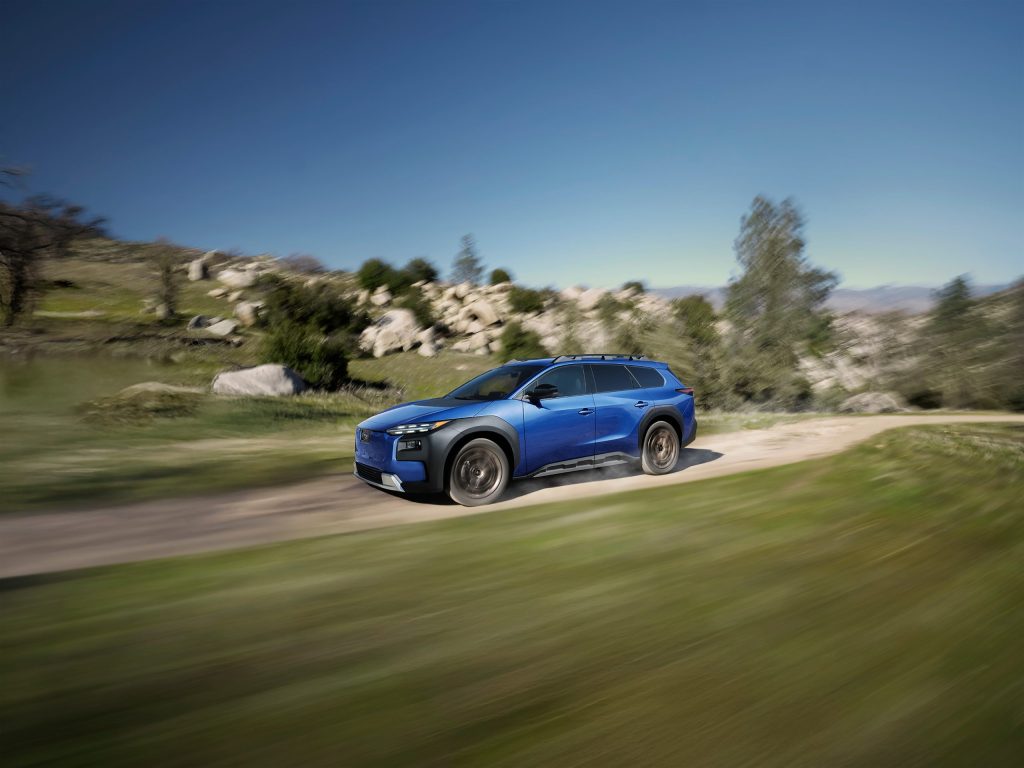Subaru scales back EV push, redirects ¥1.5 trillion to hybrids
Subaru is reassessing its EV ambitions, opting to shift a large portion of its planned ¥1.5 trillion (about NZ$17.1 billion) investment toward hybrid development. The Japanese brand cites weakening demand for electric vehicles as the main reason.
At a recent earnings call, Subaru president Atsushi Osaki said the company would reconsider the ¥1.5 trillion committed to future electrification, despite already having invested ¥300 billion (around NZ$3.4 billion).
“Given the increasing demand for hybrids and the reappraisal of internal combustion engines, it is appropriate to delay the timing of full-scale EV mass production investment,” Osaki-san said.

Subaru’s earlier plans included launching eight EV models globally by 2028. While it still intends to release four Toyota-based EVs by the end of 2026, the timeline for other in-house EV models is likely to be pushed back.
Osaki added that the original ¥1.5 trillion won’t be cut but rather redirected into other “growth investments.” Exactly how it will be reallocated hasn’t been made public yet.
In addition to cooling EV demand, Subaru is responding to changing global incentives. For example, in the U.S., the end of EV purchase subsidies has pressured plans: more than 70 per cent of Subaru’s global sales come from that market, and its EV rollout strategy has been heavily influenced by U.S. policies.
Read more – 2024 Subaru Solterra review
To adapt, Subaru is retooling one of its largest Japanese plants so it can build petrol, hybrid, and EV models on the same production line, giving it more flexibility to react to market conditions.
“We will expand our product lineup to meet diverse needs,” Osaki-san said, indicating future models may favour hybrid or traditional internal combustion power rather than being EV-only.
Subaru is not abandoning combustion power entirely. Through a collaboration with Toyota and Mazda, it continues developing low-emissions engines that rely on hybrid technology and even synthetic fuels. Meanwhile, recent concepts like the Performance-B STI show Subaru still values high-performance internal combustion.
Current hybrids already leverage Toyota’s tech. The new Forester Hybrid uses Toyota’s electric-assisted drivetrain to boost capability, while the Crosstrek Hybrid uses a similar setup. Subaru also sells mildly hybridised versions of the Impreza hatch and Rex micro-SUV in Japan.

At the moment, Subaru’s only EV is the Solterra. But that will be joined before the end of 2026 by the Trailseeker, the Uncharted, and one more yet-unannounced EV shared with Toyota.
Read more – 2025 Subaru Forester AWD Hybrid Touring Review
Subaru is just one of several automakers dialing back EV plans — earlier this year Honda cut its EV development budget by 30 per cent, while Volkswagen briefly paused EV production amid slower-than-expected demand. Even premium brands are rethinking: Porsche is reintroducing more combustion models, and Volvo and Genesis have scrapped their plans to go EV-only by 2030.





